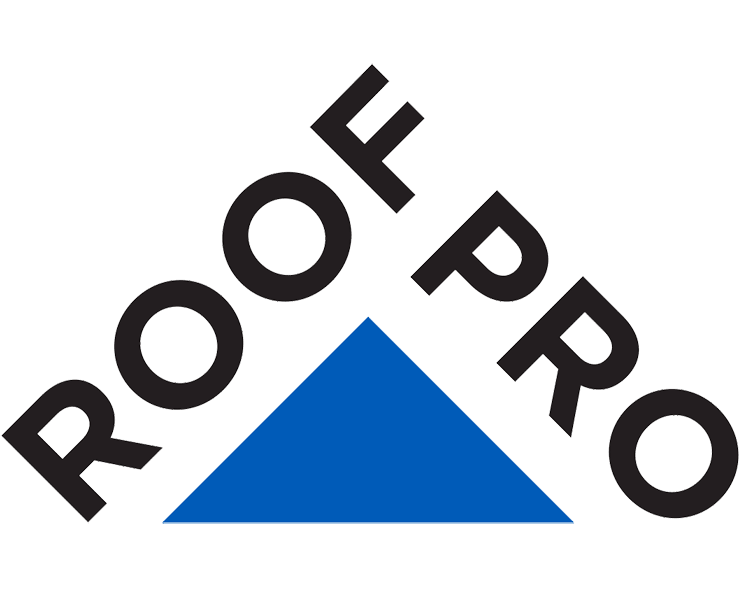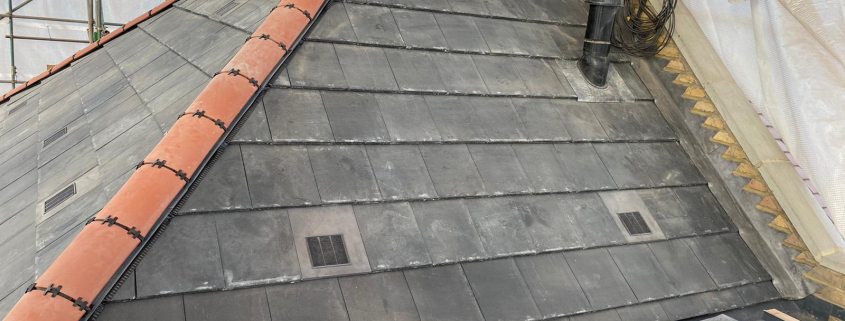If your roof gets damaged, it can be costly in more ways than one.
Firstly, it can hurt your wallet, especially if you need a full roof replacement. It is also highly inconvenient and may cause damage to the interior of your home, or require you to move out while repairs are made.
Some roof damage is unavoidable, but there are ways you can minimise the chance of issues occurring.
Here at Roofpro, our team of experienced roofing contractors are always on hand to jump into action if you need a fix to your roof, but we would also like to help your roof stay healthy long before you feel the need to give us a call.
That’s why we’ve compiled this list on eight ways to protect your roof and prevent damage.
Let’s take a look.
1. Keep Your Gutters Clean
Clogged gutters are one of the most common causes of roof damage that we see.
Not only does it cause the guttering to snap if the weight of a blockage gets too much, but it also can cause water to back up into your roof, leading to leaks and water damages around the edges.
This is especially dangerous if your roof is not sealed properly.
Making sure you regularly clean your gutters and downpipes will ensure the water always runs through smoothly and there is never a blockage.
2. Trim Overhanging Trees
If you have a tree whose branches overhang your roof, then you need to think about trimming it back to avoid damage if anything snaps.
High winds regularly cause branches of trees to come loose, and if your roof is directly underneath, the weight of this is likely to cause some serious issues.
By keeping an eye on trees that are overhanging and cutting them back when you can, you drastically reduce the chance of this happening.
There is also the risk of trees growing and banging into your roof, or pests making their way from the branches onto your building, so having a regular cut back even when it’s not looking like heavy wind is on the way is always a good idea.
3. Install Proper Ventilation
Poor ventilation can cause moisture to build up underneath your roof that overtime can cause serious damage.
If left unattended, you may soon find that your attic, or the space under your roof is moist, mouldy, and in the worst case scenario rotten.
Making sure that the space under your roof is well ventilated can stop these issues from occurring and will drastically reduce the risk of issues.
If your roof beams rot, it is a big job to fix them so make sure you keep a close eye on this.
4. Inspect Your Roof Often
Regular roof inspections are vital at helping you spot issues that have occurred before they lead into anything too major.
You should inspect your roof at least once a year (and maybe more so when your roof is coming to the end of it’s life) and try to pick a clear day when there isn’t any wind to do so.
If you are lucky enough to have a window that looks out over your roof, then you can perform checks more frequently.
It’s also a good idea to check your roof after a storm or high wind just to make sure nothing has been ripped or damaged by debris.
5. Avoid Walking on Your Roof
If you are planning on checking your roof for damage, spending too long walking around up there could be a big roofing mistake.
Unless you have a flat roof that has been built to be tough and made for people to walk on, like a green roof for example, then you may not have the right measures in place to stop your weight from causing damage.
If you aren’t familiar with the safest ways to walk on your roof, you can easily cause damage such as dislodged tiles, tears, and holes, so it pays to do some research into the best places to stand and minimise the time your roof is holding your weight.
6. Be Careful with Roof Mounted Equipment
There are many instances of roof mounted equipment causing issues on roofs.
Roof mounted equipment are especially prevalent with commercial roofs, where large air conditioning units are more common, but often seen on domestic properties as well with things such as satellite dishes.
If you need to mount some of this equipment, always be careful when applying it, as the smallest gap in your roof can lead to water damage to the building interior and bigger issues.
Your best bet is to seek a professional who can ensure a safe fixture and that the roof is still in a good working condition.
7. Keep Debris Away from Your Roof
It is impossible to stop all debris hitting and landing on your roof, but there are ways you can remove it when it is up there.
After a windy night, it is a good idea to safely get onto your roof and remove any large bits of debris.
If left unattended, the debris can build up, leading to a heavy weight that is likely to cause damage.
Debris also may move in wind, and this can cause further damage if the item is left on your roof, so pay close attention to how your roof is looking and give it a quick clean whenever you can.
One thing to note here is that it’s not a good idea to use a power washer, especially on tiled roofs, as this can cause damage due to the ferocity of the water.
8. Seek Professional Advice
Of course, if you really want the best care for your roof, then the best option is to seek professional advice.
If you have concerns that your roof is safe, then getting someone with years of experience to have a look around safely is always your best bet.
They will be able to spot anything that looks amiss and provide good advice on how to fix the problem before it becomes a bigger issue.
Preventing Roof Damage with Roofpro
Our team of roofing contractors have seen it all and are happy to pay your property a visit to make sure your roof is in a good condition.
If you want to speak to a member of our team, have any issue that needs repairing, or are looking for a full roof replacement, then get in touch with our team today.

